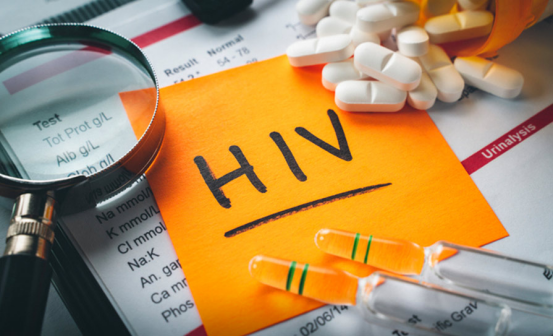

Millions of people around the world are infected with the human immunodeficiency virus (HIV). But many people don't know that there are two main types: HIV-1 and HIV-2. Keep reading to learn more about the most common types of HIV, their symptoms, and treatment options.
Millions of people around the world are infected with the human immunodeficiency virus (HIV). But many people don't know that there are two main types: HIV-1 and HIV-2. Keep reading to learn more about the most common types of HIV, their symptoms, and treatment options.
HIV is a virus that attacks white blood cells (WBCs) in your immune system, called T helper cells or CD4 cells. White blood cells help protect your body from disease and injury.

This can make you susceptible to opportunistic infections (OIs) that take advantage of your weakened immune system. When OI does occur, they tend to be more severe and occur more frequently. Examples of HIV-related OIs include tuberculosis and pneumonia.
HIV-2 is much rarer than HIV-1. HIV-2 occurs primarily in West Africa, with some cases reported in Asia, Europe, South America, and the United States.
Both cause similar symptoms and are associated with the same infectious diseases. However, HIV-2 progresses more slowly. This is because people with this type tend to carry a lower viral load. Lower levels of the virus make it harder to spread from person to person.
If left untreated, both forms can progress to the most serious stage of infection, acquired immunodeficiency syndrome (AIDS).
HIV-1 is transmitted through direct contact with body fluids that contain the virus. This includes:
A person with HIV can transmit the virus to other people, even if they don't show any symptoms. However, for this to happen, a certain amount of the virus must be present in their body fluids. If her viral load is undetectable, she can't transmit the virus to other people.
Early symptoms of HIV-1 usually appear 2 to 4 weeks after infection. These symptoms are often flu-like, such as:
After you recover from these initial symptoms of HIV, you may have few or no symptoms for a while. But eventually, as the virus spreads through your body and destroys your CD4 cells, you may develop chronic (long-term) symptoms.
These include some of the early symptoms of HIV and other serious infections or diseases, such as:
Although health experts have not yet found a cure for this viral disease, antiretroviral therapy (ART) can help:
Effective ART treatment usually involves a combination of at least 2 drugs from 2 or more drug classes, some of which are combined into a pill that you take once a day.
Intravenous injections may also be an option. These long-acting vaccines are usually given as injections every 1 to 2 months. You may be able to switch to the HIV treatment vaccine if you:
To determine how well your immune system is working and how well HIV treatment is working, your doctor will order lab tests to measure your viral load and CD4 cell count.